Conductor Matthew Aubin speaks with US correspondent Thomas May about his ongoing revival of the 20th-century French composer Fernande Decruck.
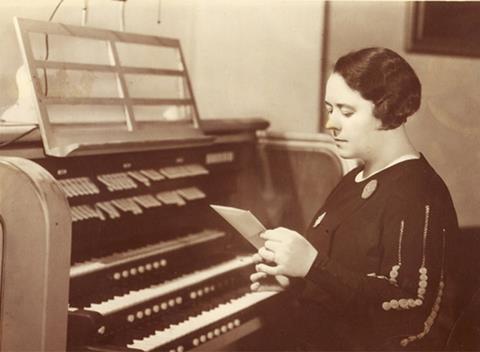
Discover more Featured Stories like this in The Strad Playing Hub
For decades, French composer Fernande Decruck (1896–1954) was known only for her Sonata in C-sharp for alto saxophone, a staple of the classical saxophone repertoire. Many of her compositions were left unpublished at her untimely death at the age of 57 and sank into oblivion.
Enter the orchestral thought leader and conductor Matthew Aubin, who first encountered the name Decruck’s music in 2009, when he heard a saxophonist perform the Sonata. What began as curiosity turned into a years-long mission to recover and champion the music of this remarkable yet overlooked composer.
Aubin has since unearthed and revived many of Decruck’s works, including orchestral and chamber pieces beyond her well-known saxophone repertoire. Together with the Jackson Symphony Orchestra in Michigan, of which he is music director, Aubin recently recorded the second volume in a series of concertante works by Decruck on the Claves label; volume 1 appeared in 2022.
Concertante Works, Volume 2 presents the world premiere recording of four of Decruck’s orchestral works, including her Cello Concerto (1932), with soloist Jeremy Crosmer, and a version of the Saxophone Sonata arranged for viola and orchestra, featuring Mitsuru Kubo in the solo part. The album pairs these string concerti with The Trianons: Suite for Harpsichord (or Piano) and Orchestra (1946), showcasing Mahan Esfahani at the keyboard, and The Bells of Vienna: Suite of Waltzes (1935).
From a string player’s perspective, according to Jeremy Crosmer, ’Decruck writes with very traditional and idiomatic flourishes: fanfare-like statements in the solo part of the Cello Concerto to open bombastic movements, followed by moments of agility in scales that span the entire instrument.’ Decruck combines this, Crosmer adds, ’with modern, colour-driven moments, highlighting her place in the 20th century.’
To mark the new release, Matthew Aubin spoke with The Strad about Decruck’s life and distinctive voice, and about why he believes her work is long overdue for the spotlight.
How did you first discover Fernande Decruck’s music?
Matthew Aubin: I had been asked to judge the woodwind division of a concerto competition. One of the saxophone players performed Decruck’s sonata, and I leaned over to the saxophone professor and asked: ‘Who is this composer?’ It was such a beautiful piece. She explained that it’s part of the standard saxophone repertoire but didn’t know much about her beyond that. To her, Decruck was a one-hit wonder.
Several years later, I was shocked to find mention of all the other music Decruck had written – chamber music, orchestral music, choral works. I had a French friend help me write emails, and in 2013 I connected with her family and learned how rich Decruck’s career had been in the 1930s and 1940s. She was performed and commissioned by orchestras in both France and the U.S. But then a series of circumstances led her into complete obscurity.
What caused her music to disappear?
Matthew Aubin: A few things. First, she divorced her husband, which, at the time, had major consequences. It limited her ability to make money, even to have her own bank account. Then, shortly after that, Decruck had a series of strokes and passed away.
Her three children weren’t in a position to advocate for her music. The oldest were in their 20s, focused on their own careers and families. The youngest son was just 16 or 17 when she died, estranged from his father, and left without support. No one was there to push her legacy forward.
When I visited her family in 2013, they still had eight boxes of manuscripts – original scores, full orchestral parts. I started returning to France every year to scan and catalog the music. The more I explored, the more I realised how special Decruck was. I’ve been working with her publisher, Éditions Billaudot, on critical editions of these works, and there’s been renewed interest in expanding her catalog.
What defines Decruck’s musical style?
Matthew Aubin: What fascinates me is that she had multiple styles. In her saxophone sonata, which she later adapted for viola, you hear classic French harmonic language – influences of Debussy and Ravel, and virtuosic writing, particularly for woodwinds.
Her cello concerto, on the other hand, is American and cinematic. It was composed in 1932, yet the opening of the third movement sounds like it could have been written by John Williams – it even has this Star Wars-like quality. Decruck was also an organist, and that influence shows up.
The word ‘melancholy’ often comes to mind when you ask about her musical style. There’s something deeply melancholic in her writing. I think that reflects her personal struggles – she wasn’t happy in her marriage, which fell apart. Her husband Maurice [a saxophone player and double bassist for the New York Philharmonic under Arturo Toscanini] also ran a music publishing company. [The firm helped discover Edith Piaf.] He had a lot of access to performers, and I think that when they split after the war, it threw Fernande’s career into a spiral.
It’s remarkable how fluently Decruck took to writing for other instruments, like saxophone or strings, even though she was primarily an organist.
Matthew Aubin: Yes, and she was an incredible improviser. When she and her husband, Maurice, lived in New York City in the late 1920s, she gave organ recitals at venues like the Wanamaker Auditorium, where she would improvise symphonies based on themes given by the audience – on the spot! You can see how her composition career blossomed from her own instrument to writing for saxophone (her husband’s instrument), then bassoon, and then, based on her personal relationships with colleagues, started expanding into full orchestral works.
What do we know about her cello concerto?
Matthew Aubin: Not much, actually. It’s from 1932, during her New York City period, but we don’t have documentation of a premiere or occasion. The score originally had percussion staves, and those have all been crossed out. So it may have been workshopped or rehearsed, but there’s no evidence of a full performance.
So we don’t know who Decruck wrote it for. For me, the cello concerto is this beautiful surprise, because if you think about the repertoire from that time, there’s not a lot of full-scale concerti from 1932.
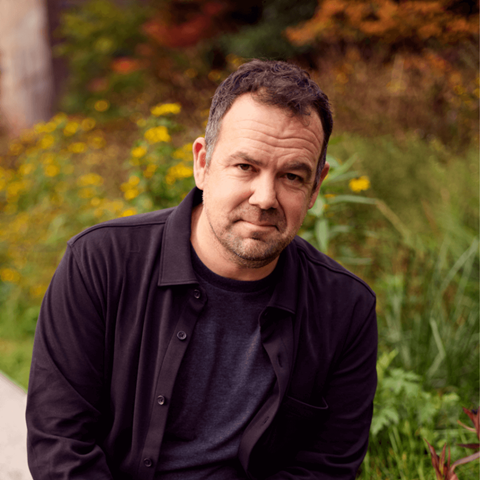
Decruck’s most famous work remains still the saxophone sonata. How does the version for viola that Mitsuru Kubo plays under your baton compare?
Matthew Aubin: I’ve had several string players tell me they actually prefer the viola version. Decruck didn’t just take the saxophone part and transpose it – she truly reworked it for the instrument. We’ve performed it live and recorded it, and I’m amazed at how well the orchestration supports the viola. It never feels covered. That’s a testament to her skill.
Could the sonata be considered a viola concerto?
Matthew Aubin: For sure. It’s in four movements lasting 17 minutes long, with a structured sonata form first movement, a French carol or folk song as the second, and then a virtuoso movement. The last movement starts out almost as a funeral march and then explodes into a very sunny, French happy ending. She wrote this in 1943 when she was living in Paris.
Did the Second World War impact her career?
Matthew Aubin: It’s hard to say definitively, but she was certainly active during the war. She worked with major conductors, including Eugène Bigot, and was commissioned by Orchestre Lamoureux and Orchestre Colonne. I tried to get to the bottom of how World War Two plays into this. The family firmly insists that she was not a Nazi sympathiser, and there’s even speculation that her husband helped Jewish musicians. But after the war, when her marriage fell apart, she lost a major source of professional connections from her husband’s publishing firm.
And this is part of a larger project?
Matthew Aubin: At the Jackson Symphony, we’ve started the Equal Billing Project –recording and promoting the music of composers who weren’t equally recognised in their time. Decruck is my personal passion, but we’re also planning projects for other underrepresented composers, including artists of colour and musicians affected by the Holocaust. This is an ongoing series, and we hope it will be an important contribution to the field.
What makes Decruck’s music worth rediscovering?
Matthew Aubin: There’s always a surprise in her writing. There’s beauty, melancholy, and at times a maternal quality – especially in the slow movement of the cello concerto, which feels almost like a lullaby. She was experimenting with time signatures and had a real need to develop, to learn. Some of Decruck’s works have flaws, but these two—the cello concerto and the sonata—are masterpieces. They really stand up from start to finish. They deserve a place in the repertoire, and I hope more musicians continue to champion them.
Read: Victor Julien-Laferrière on four must-know cello works by female composers
Read: Book review: Quartet: How Four Women Changed the Musical World
Discover more Featured Stories like this in The Strad Playing Hub.
The number one source for playing and teaching books, guides, CDs, calendars and back issues of the magazine.
In The Best of Technique you’ll discover the top playing tips of the world’s leading string players and teachers. It’s packed full of exercises for students, plus examples from the standard repertoire to show you how to integrate the technique into your playing.
The Strad’s Masterclass series brings together the finest string players with some of the greatest string works ever written. Always one of our most popular sections, Masterclass has been an invaluable aid to aspiring soloists, chamber musicians and string teachers since the 1990s.
The Canada Council of the Arts’ Musical Instrument Bank is 40 years old in 2025. This year’s calendar celebrates some its treasures, including four instruments by Antonio Stradivari and priceless works by Montagnana, Gagliano, Pressenda and David Tecchler.

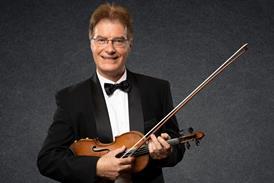
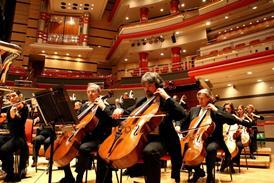
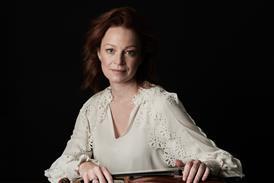
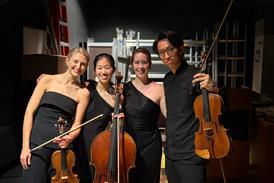

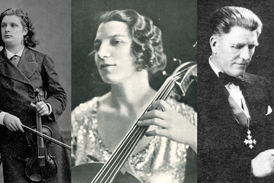



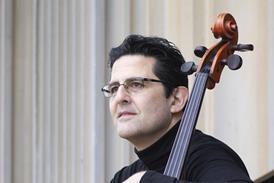

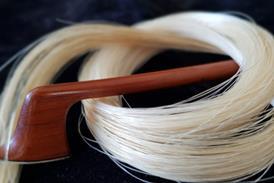
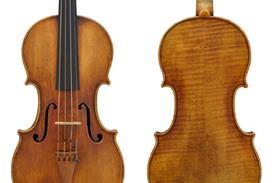
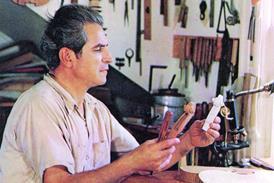
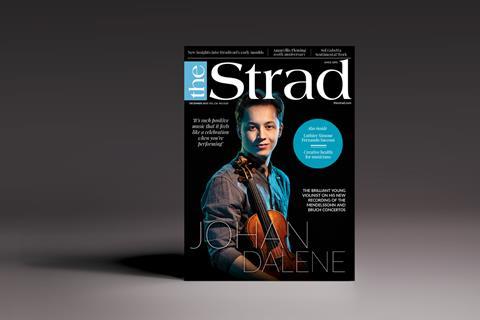
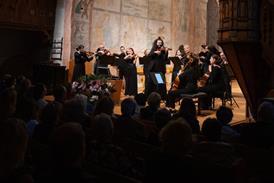

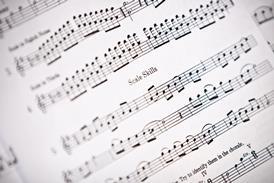
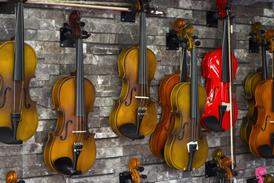

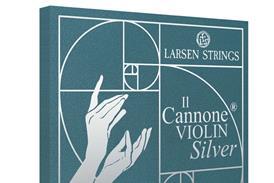
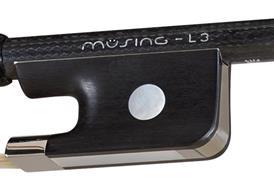
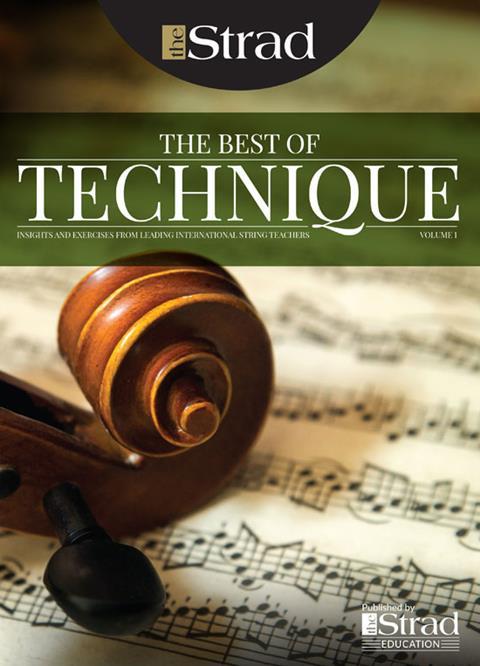
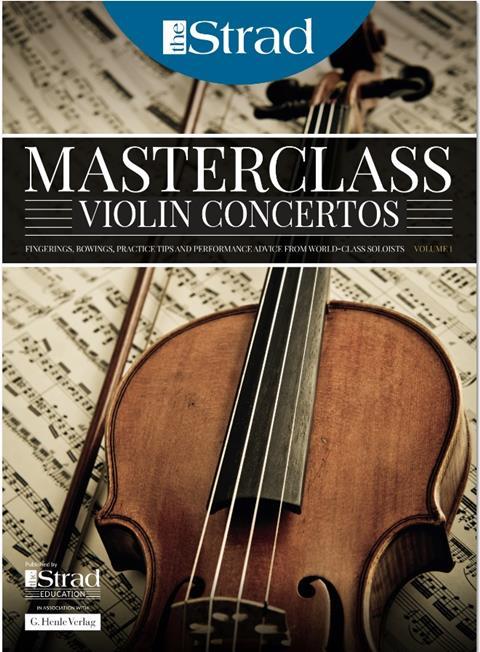
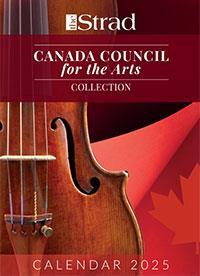
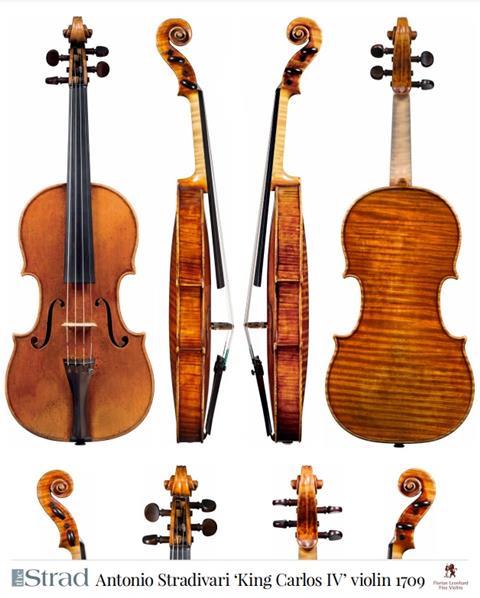
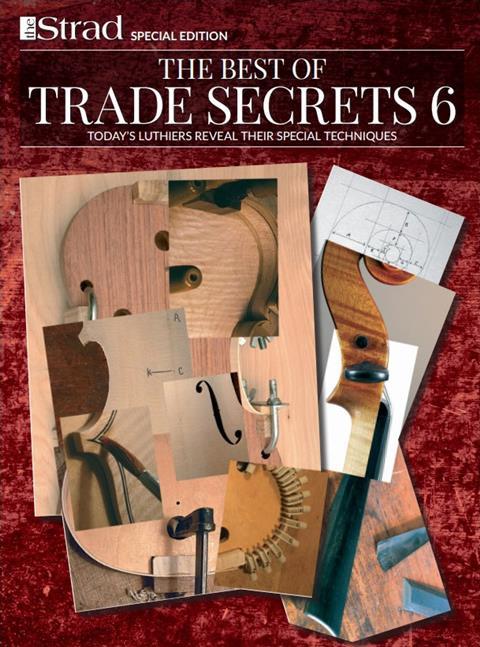
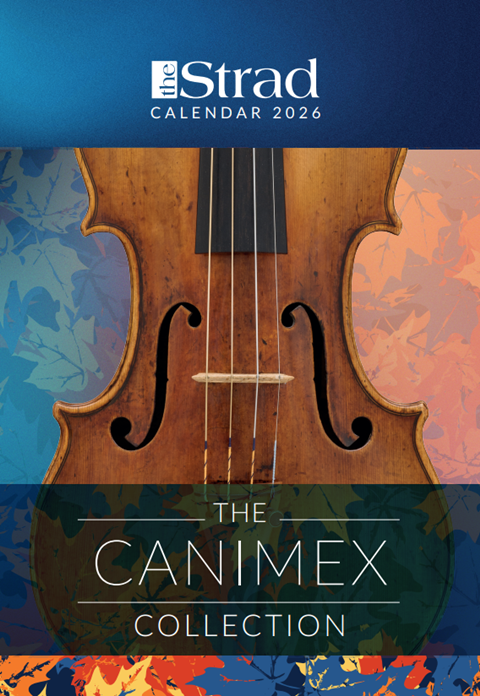
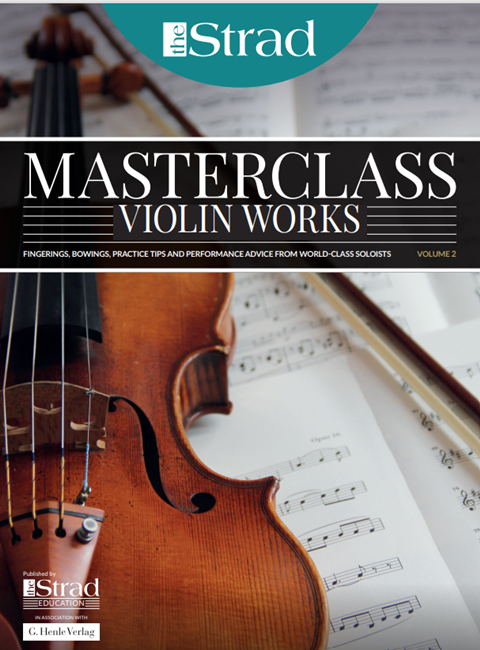
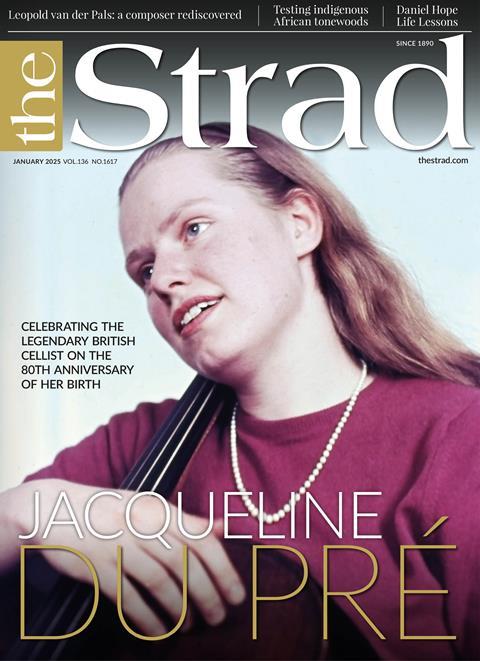
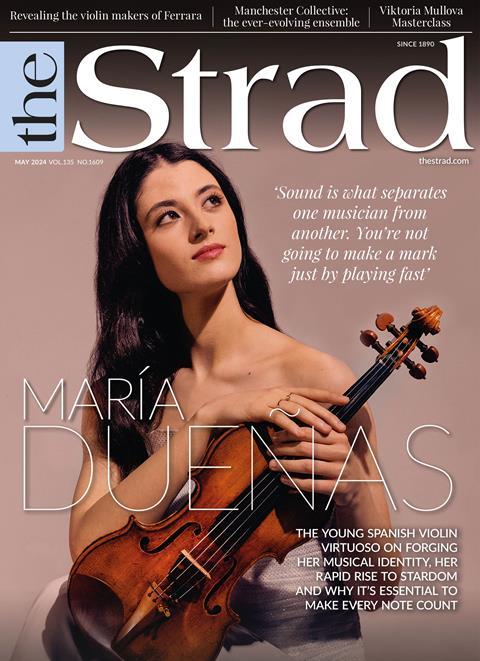
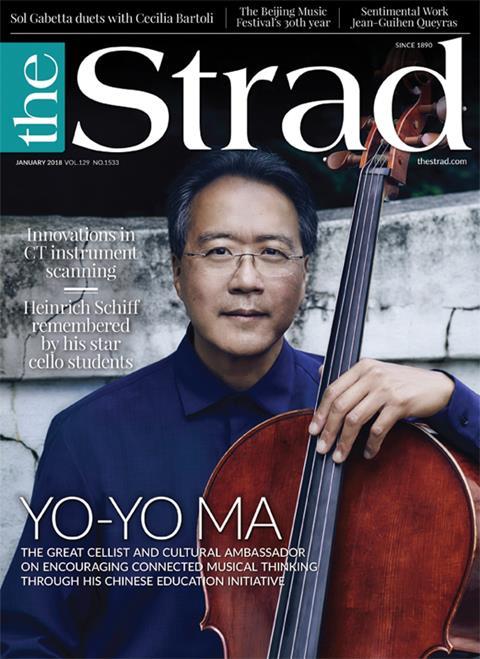












No comments yet